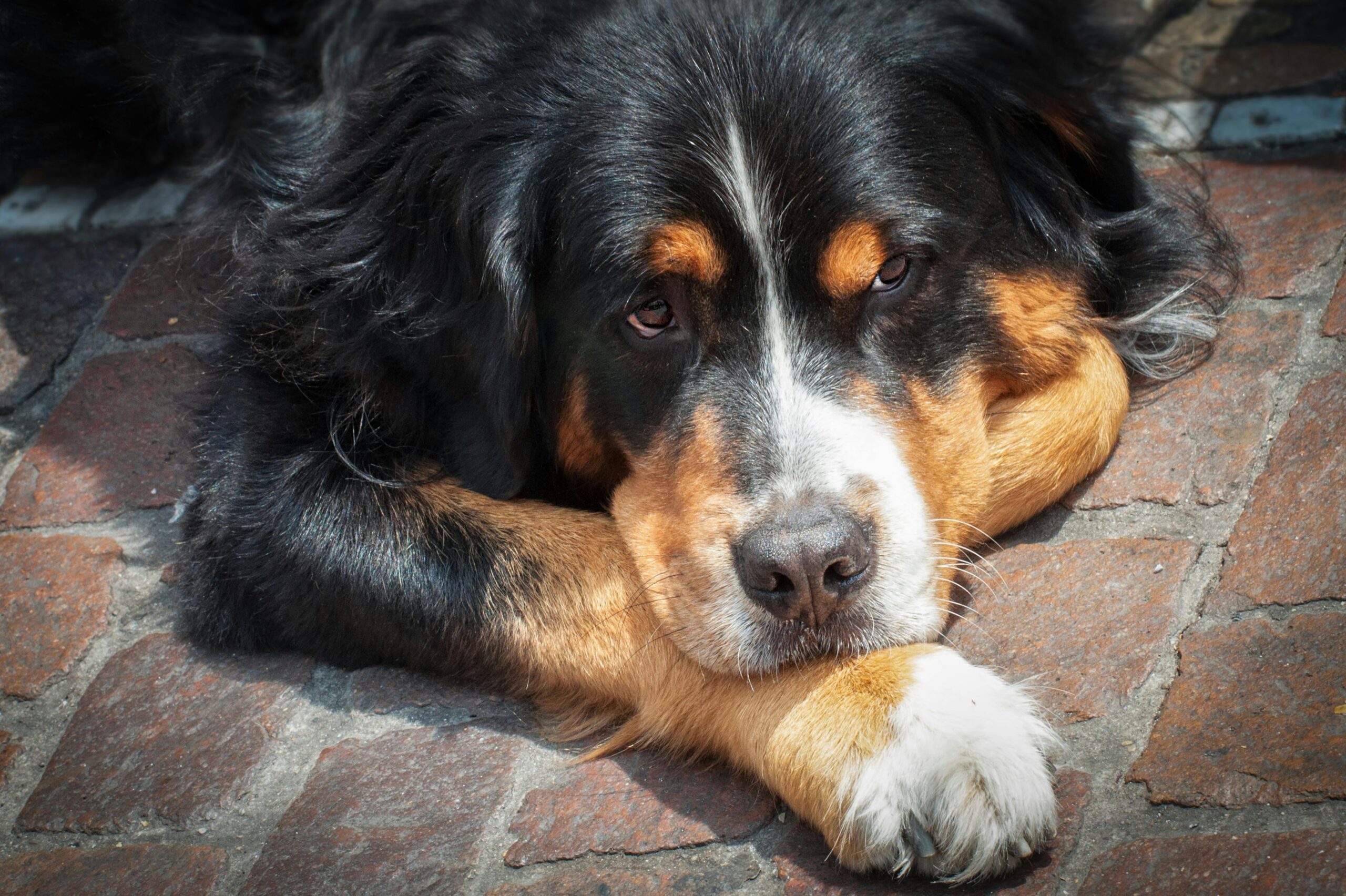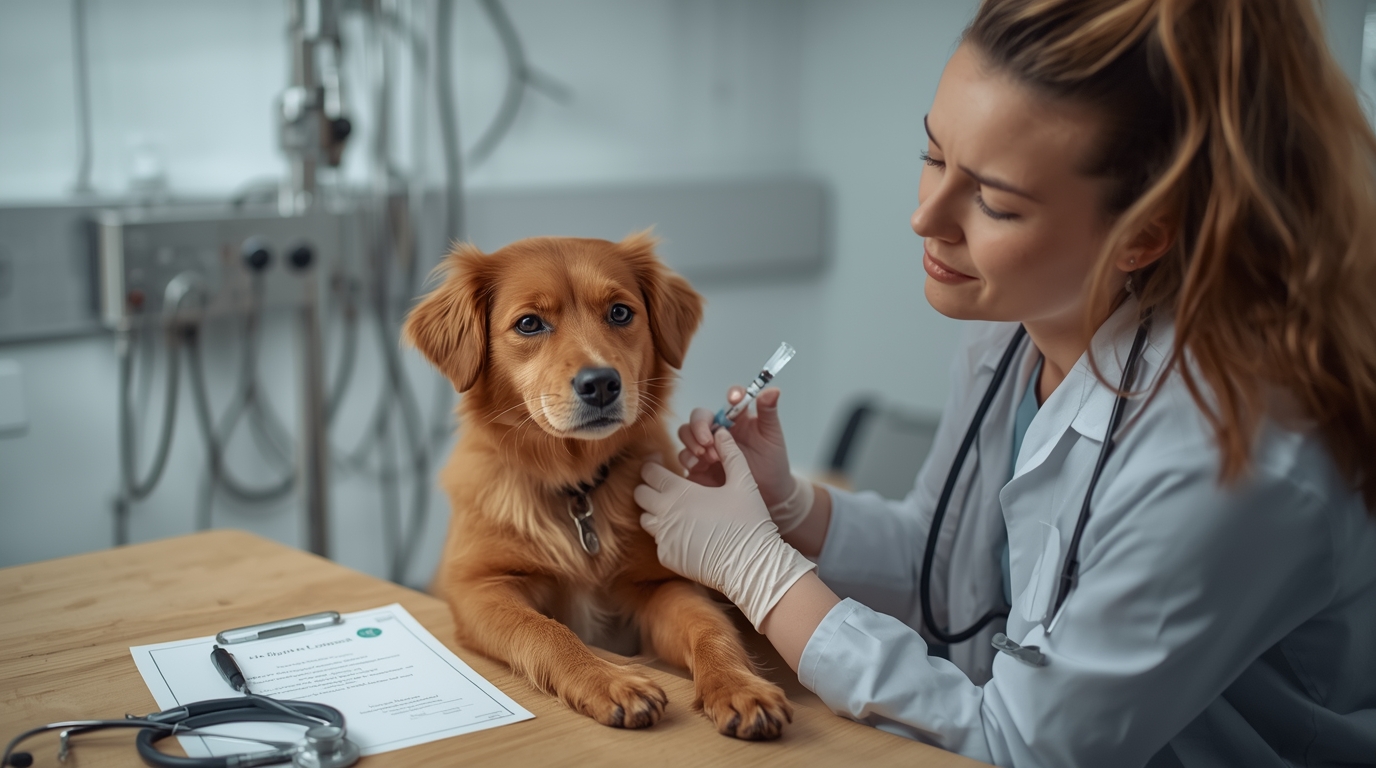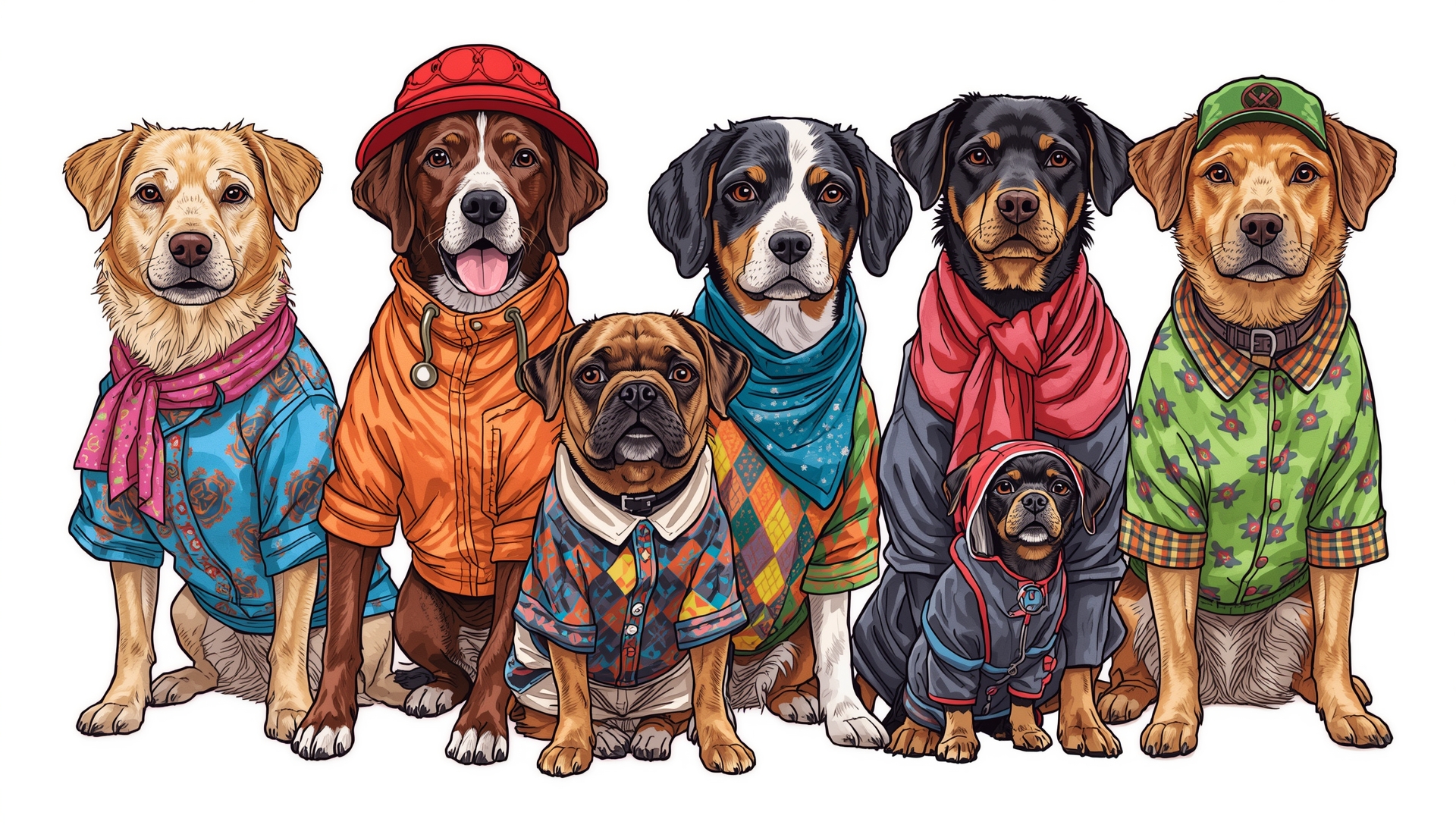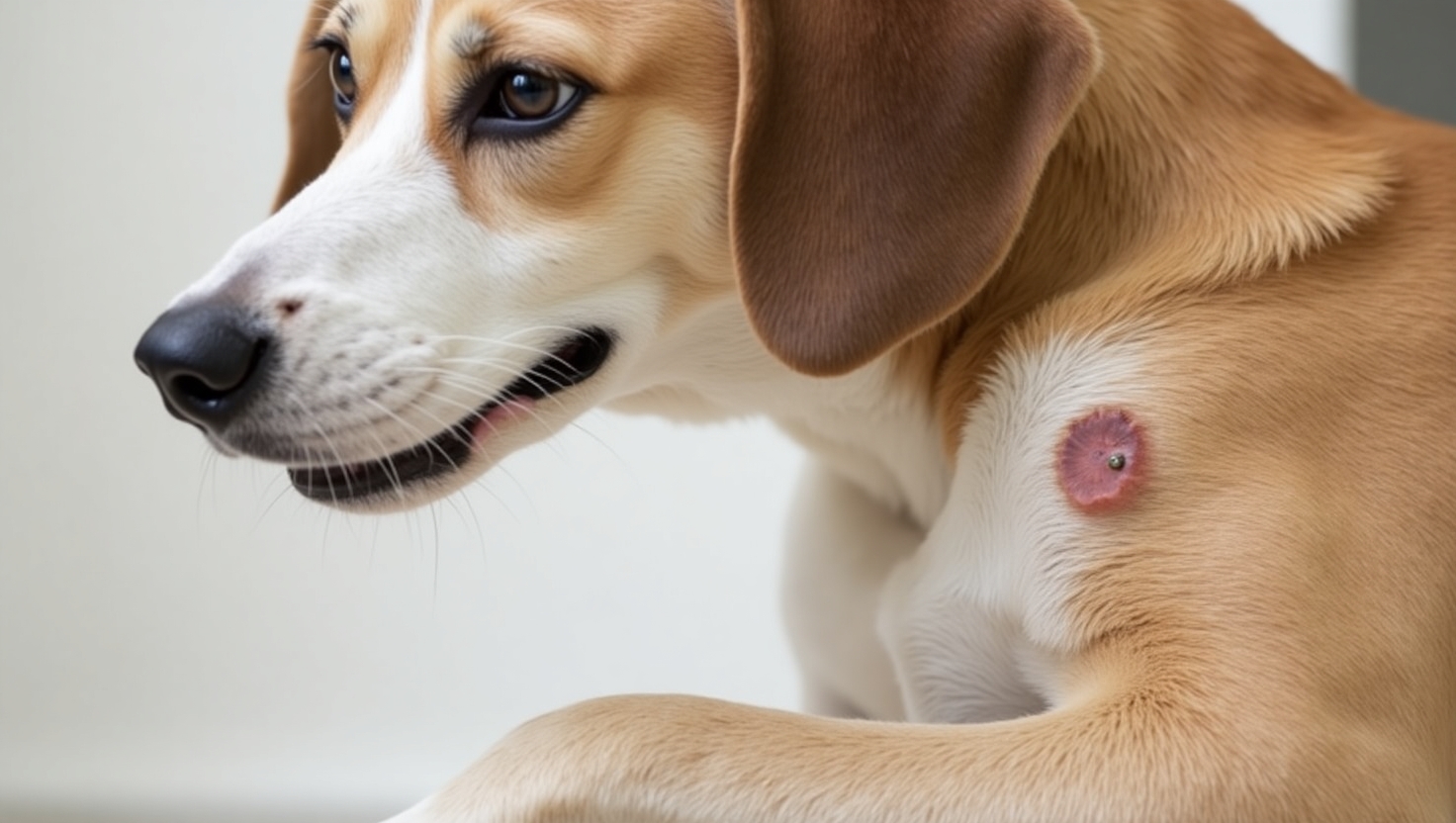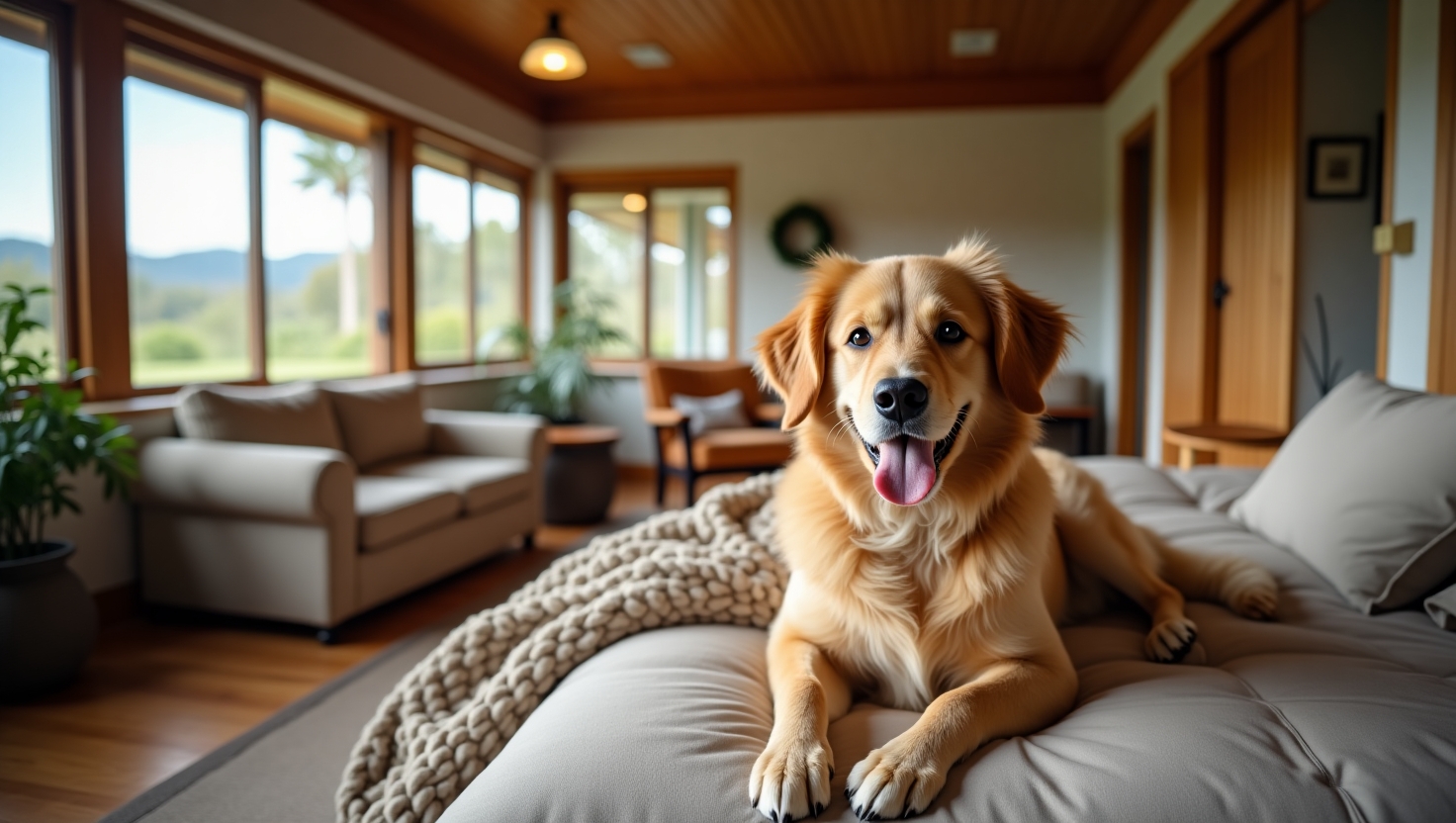Introduction:
Leptospirosis in dogs is a severe yet largely unknown bacterial disease. In Australia, particularly in Queensland’s humid tropics and Sydney’s South Coast’s moist suburban areas, the disease has emerged as anincreasing concern for dog owners. With altering climatic conditionsand greater urban wildlife interaction, learning how to safeguard your dog against leptospirosis is now more important than ever before.
Let’s get into all things Aussie dog parents should know symptoms, prevention, treatment, and how it particularly impacts dogs in your area.
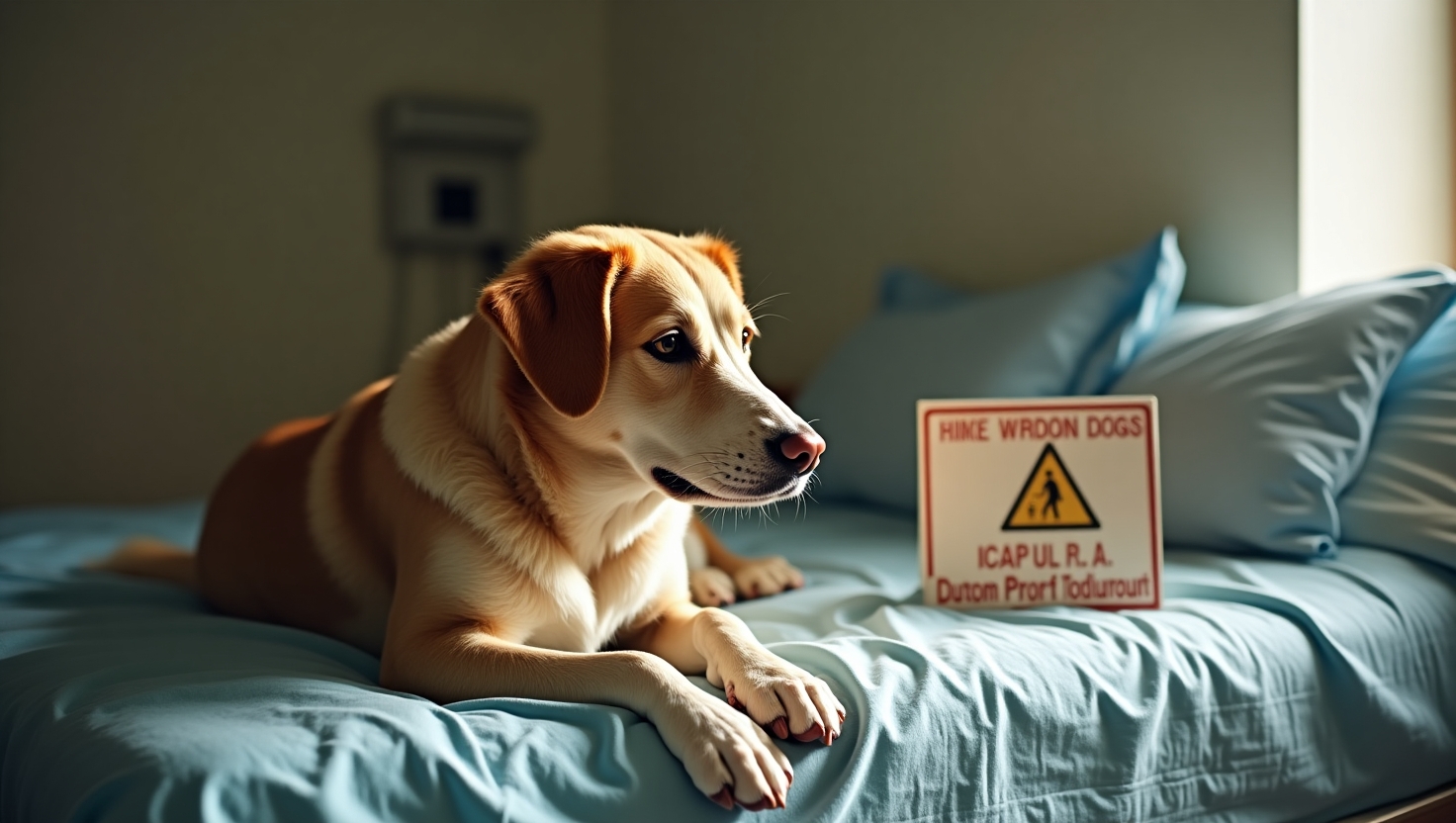
What is Leptospirosis in Dogs?
Leptospirosis is a bacterial illness caused by spiral-shaped germsknown as Leptospira. Leptospira bacteria are most happy when they have warm, damp conditions and are spread through contact with contaminated water, soil, or urine, most commonly from infected animals such as rats, bandicoots, or possums.
In Queensland’s tropical areas and NSW coastal rain zones leptospira bacteria survive in puddles, creeks, or damp gardens for weeks. Assoon as a dog comes into contact usually by sniffing or licking infection may set in quickly.
How Do Dogs Catch Leptospirosis in Australia?
Dogs are likely to get infected when they swim or drink in dirty water or tread on soil, grass, or ground contaminated by the urine of an infected animal. The entry sites are commonly via wounds, cuts, or mucous membranes (such as the eyes, nose, or mouth).
In flood-prone Queensland suburbs or bushy footpaths of Sydney, this danger is increased particularly during rainy periods or followingstorms when puddles of stagnant water are found in backyards and parks.
High-Risk Locations in Queensland and Sydney
Current veterinary warnings identify urban areas of Brisbane, Cairns, and the Sunshine Coast as hot spots for leptospirosis infections. Likewise, suburbs such as Wollongong, Nowra, and Shellharbour have witnessed rising cases following heavy rainfalls or rodent invasions.
These areas have something in common: wet conditions with highvegetation or low drainage, which provide a breeding ground for the bacteria.
Typical Signs of Leptospirosis in Dogs
Leptospirosis signs can be strain-dependent, but the following are some initial and established warning symptoms:
- Lethargy & Depression – The dog can feel “off” or excessively tired.
- Vomiting & Diarrhoea – Potentially with accompanying dehydration or loss of appetite.
- Fever or Shivering – Particularly after outdoor play or heat waves.
- Increased Thirst or Urination – Can be a sign of kidney involvement.
- Jaundice – Gums or eyes may become yellowed, indicating liver damage.
- Muscle Pain or Stiffness – Making your dog unwilling to walk or play.
Don’t ignore these signs in regions such as Queensland, every minutecounts because the disease spreads so rapidly.
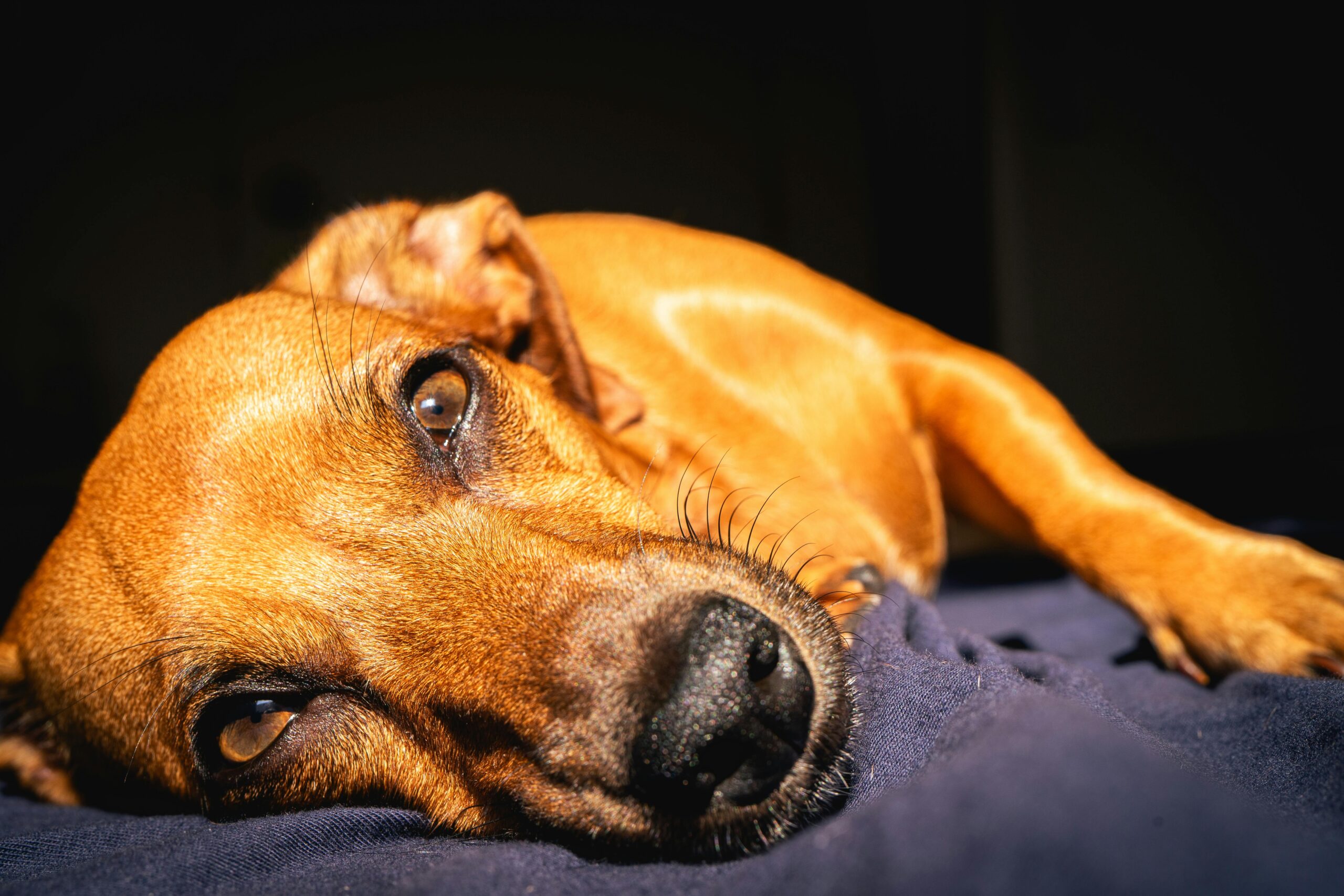
How Deadly is Leptospirosis?
Leptospirosis can be deadly if not treated promptly. It can destroy largeorgans such as the kidneys and liver, and in extreme cases, causedeath. Surviving dogs might develop long-term health complications.
It’s also zoonotic, so it can be transmitted from dogs to humans especially risky for kids, the elderly, or immunocompromised individuals. That is why prevention is equally important as treatment.
Treatment for Infected Dogs
Treatment usually involves:
- Antibiotics – To destroy the bacteria.
- IV Fluids – For fluid and organ support.
- Hospitalisation – For monitoring and intense care if organs are involved.
- Isolation – To avoid transmission to humans or other pets.
Early diagnosis enhances the prognosis. Most Queensland and NSW vets are now quick to test for leptospirosis if your dog comes in with flu-like symptoms, particularly in the wet season.
Preventing Leptospirosis in Dogs in Queensland and NSW
There are several methods to prevent the leptospirosis in dogs:
Vaccination is Vital
Vaccinating your dog against leptospirosis is one of the most effective ways to protect them, especially in high-risk areas like Brisbane, Cairns, and other humid parts of Queensland. Many vets now recommend it as part of your dog’s core vaccine schedule. It’s particularly important if your pet spends time outdoors, near water, or in bushy areas. Dogs who love hiking, camping, or farm visits should be vaccinated yearly. The vaccine isn’t against all strains, but it does significantly decreasethe chance of becoming severely ill. Always talk to your local exposure risk with your veterinarian.
Stay Away From Stagnant Water
Leptospira bacteria adore standing water puddles, ponds, and sluggishcreeks are typical sources of infection. If your area receives a heavy rain or flood, don’t let your dog drink from or walk through stagnant water. This is particularly necessary during Queensland’s wet season or nearcoastal regions such as Nowra and Shellharbour. Even a brief splash or sniff can expose them to bacteria if the water is not clean. Take along clean drinking water for your dog on walks to deter them from drinking from outdoor sources. Being careful around puddles might just save your dog’s life.
Control Rodents in and Around the Home
Rats, mice, and even possums can harbor and transmit leptospira bacteria in their urine, particularly in residential neighborhoods with heavy foliage or garbage. To reduce the risk, keep your yard free of clutter, keep food stored in airtight containers, and don’t leave dog dishes or scraps outside overnight. Rodents tend to be drawn to compost piles, pet food, and trash not tied up in a secure bag, so a clean backyard is a less-risky one. Use humane pest control practices if you suspect rodents in the area. The less wild traffic around, the lessyour dog’s risk of exposure.
Clean and Inspect Following Walks
Following every outdoor excursion whether a walk in the park or muddy hike take a few minutes to wipe down your dog’s paws and inspect for cuts or scrapes. Bacteria commonly gain entry by way of broken skin or mucous membranes, and therefore checking paws, legs, and belly is important. A brief clean water rinse and towel dry can help to take away any destructive bacteria your dog might have encountered. Do this every day, particularly if you reside in an area close to a high-risk areasuch as Brisbane or Sydney’s coastal bushlands.
Leptospirosis Outbreaks in Australia
Australia has experienced an apparent spike in leptospirosis outbreaks in the last 5 years, with Queensland and NSW regions most affected. Urban encroachment into bushland and climatic changes have heightened contact between wildlife and pets.
Your Brisbane or Nowra local vet can inform you whether there have been recent outbreaks, and provide advice on booster vaccinations or travel precautions.
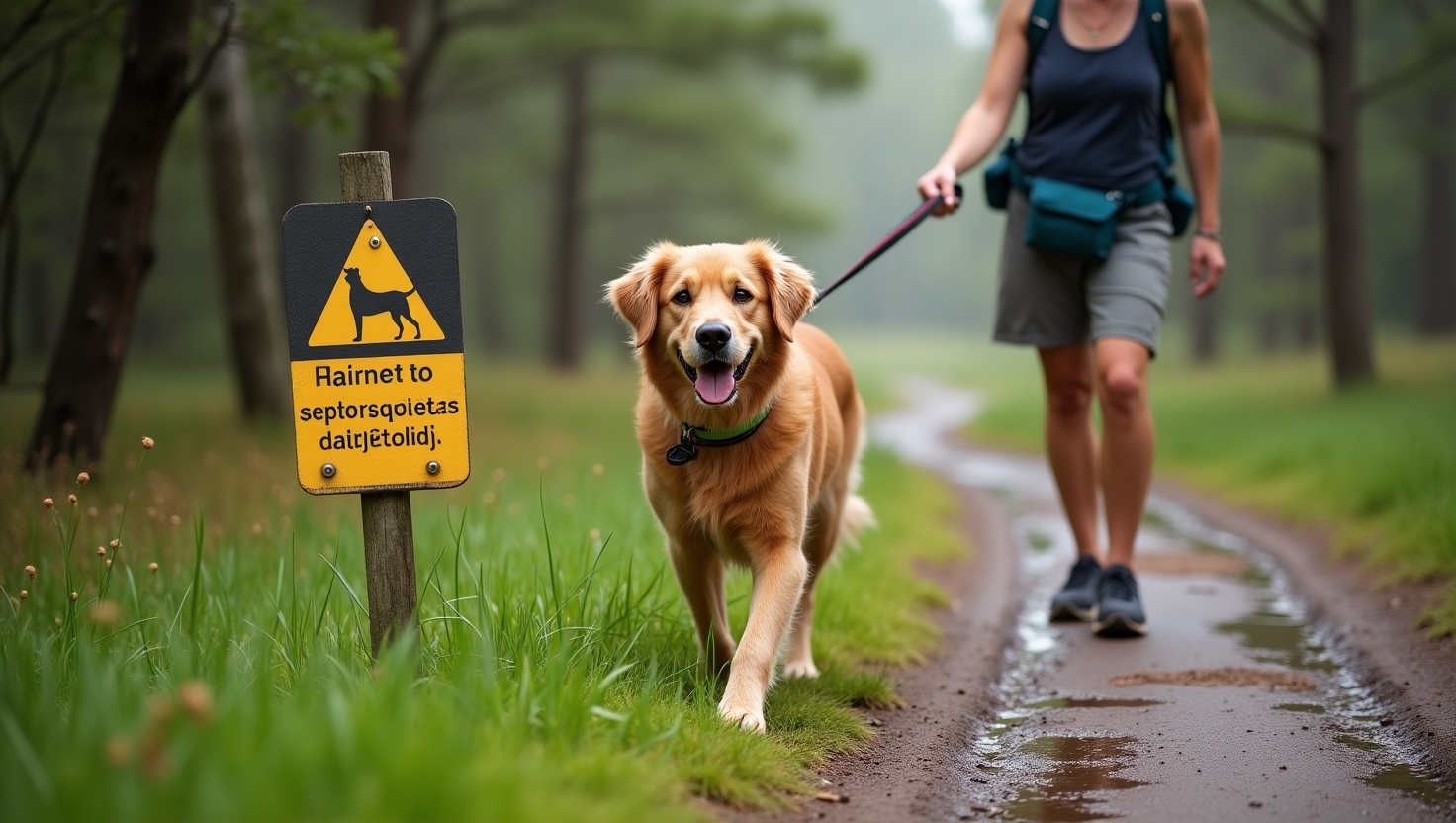
Can Humans Get Leptospirosis from Dogs?
Yes, leptospirosis is a zoonotic infection. Humans can become infected through exposure to infected dog urine, soiled bedding, or saliva.
Practise safe hygiene:
- Wear gloves when cleaning up a spill.
- Disinfect surfaces regularly.
- Wash hands after petting or handling your dog.
Avoid close contact with sick or treated dogs by children.
When to See a Vet
If your dog presents any abnormal behavior, particularly after contactwith rainwater, puddles, or wildlife, act quickly. Phone your local Queensland or NSW South Coast vet. Early antibiotics will cure mostcases, but delays are fatal.
Final Thoughts: Stay Informed, Stay Protected
Leptospirosis is serious, but with awareness and prevention, you can protect your beloved pet and your household. Stay updated on your region’s outbreaks, maintain vaccinations, and always practise good hygiene after outdoor adventures.
Whether you’re in sunny Queensland or enjoying the scenic trails of Sydney’s South Coast, keeping your dog safe starts with informed care and a bit of muddy-paw vigilance.
Check this: Shiba Inu Dog Breed Price in Australia – A Complete Owner’s Guide

